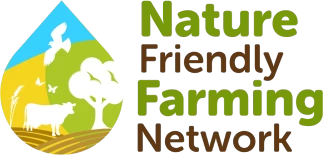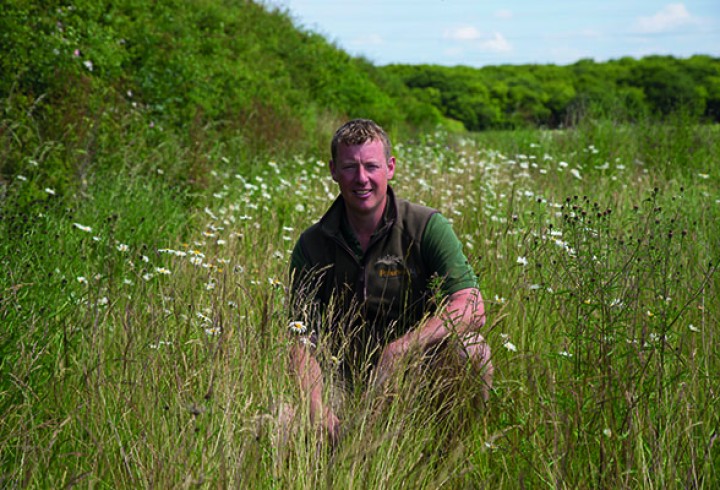The crop is a good choice for warm, dry areas and provides vital diversification.
On his 740-hectare arable farm in Essex, NFFN farmer David Lord has recently added quinoa to his rotation, alongside winter and spring wheat, spring oats and beans. As he prepares for his second harvest, David shares why quinoa works well for him and how it supports his long-term vision for Earls Hall Farm.
The basics - What is quinoa?
Quinoa is the seed of a plant, eaten in a similar way to cereal grains and sharing many of their nutritional qualities. It has been grown in its native South America for thousands of years, though it is only in recent decades that the rest of the world has really taken notice. Rich in minerals and vitamins, and a source of protein, fibre and healthy fats, quinoa has earned its reputation as a ‘superfood’.
How does David grow quinoa in Essex?
David is currently growing around 25 hectares of quinoa for British Quinoa - an increase from the 20 hectares he planted in his first year. He first connected with the company at the Groundswell regenerative agriculture festival, and after a series of conversations, decided to take the plunge and put some of his 750 hectares of farmland into quinoa production.
“We’re already working with Wildfarmed, so partnering with another similar company was something we were quite keen to do,” David said. “It’s growing quinoa for British consumption, and it fits well into our farming system as a break crop.”



